Globally Important Agricultural Heritage Systems (GIAHS) related to tea
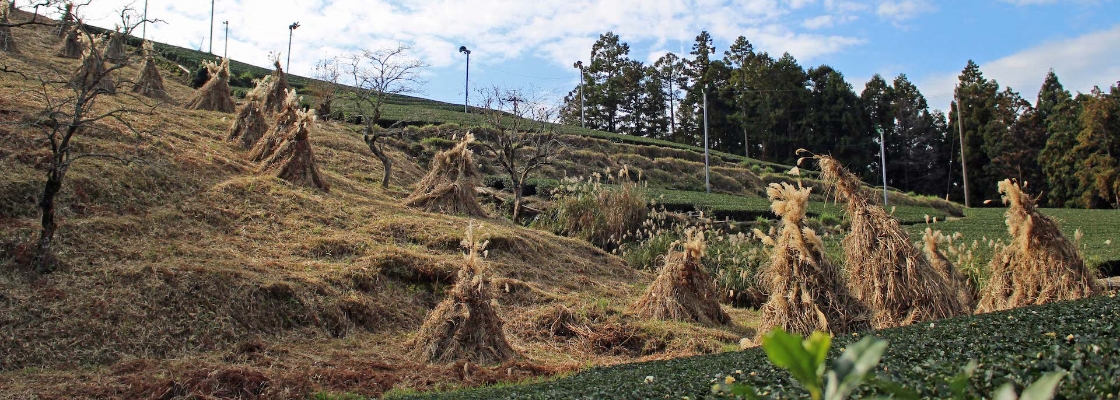
MENU
Name of System: Traditional Hadong Tea Agrosystem in Hwagae-myeon
花开传统河东茶农业系统
하동전통차농업
Area: Hwagae-myeon, South Korea
Date of recognition: 28 November 2017
Tea farming in harmony with the harsh natural environment
Tradition says that in 828, a Korean envoy brought back tea seeds from Tang (China), and the king planted them at Ssanggye Temple in Hwagae Village, Hadong. Because of this, Hwagae Village is considered the birthplace of Korean tea.
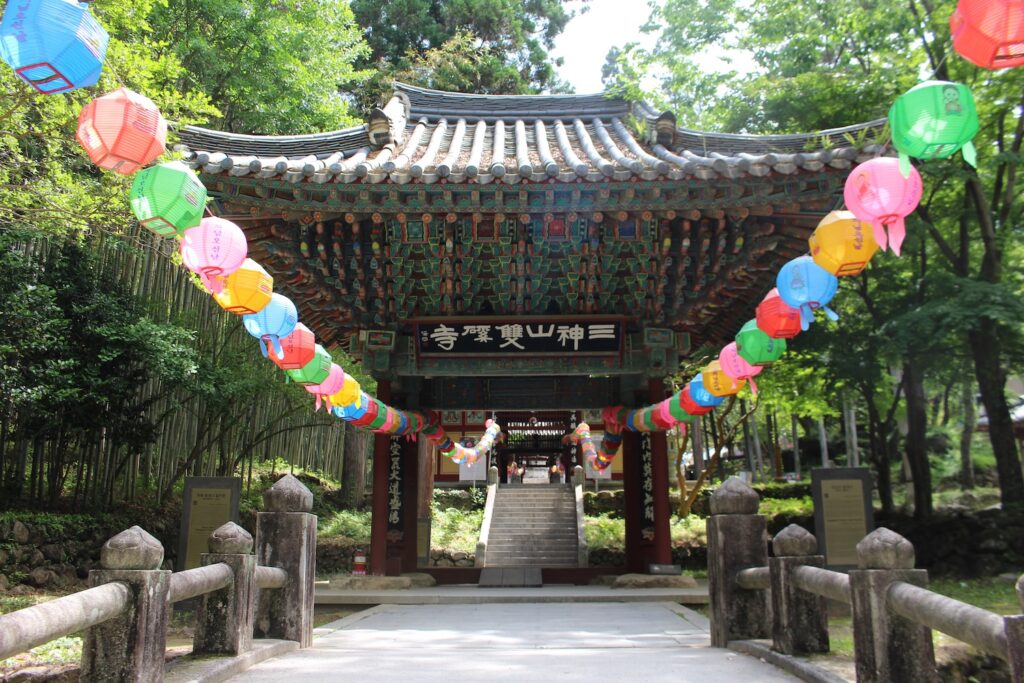
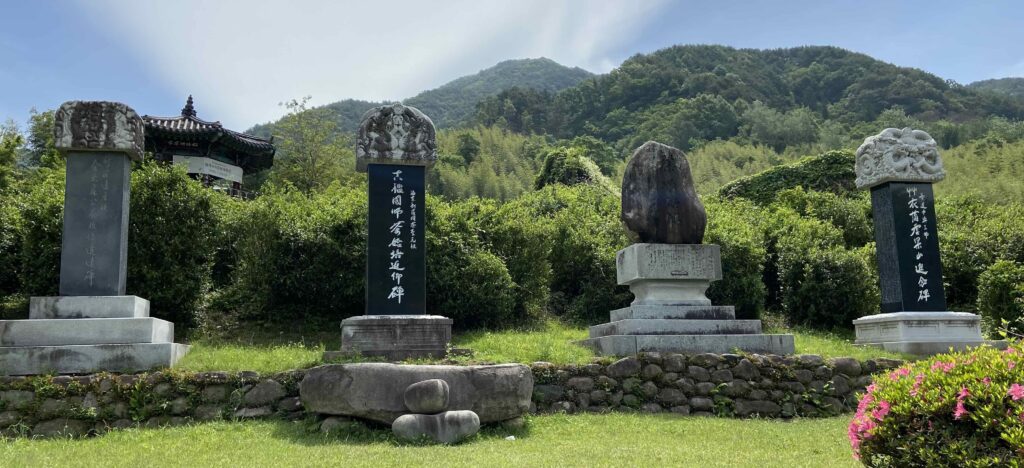
For about 1,200 years, people in Hwagae have carried out tea farming that has been adapted to the barren land in the mountainous region. As a result, traditional tea farming and its unique culture have been passed down from generation to generation.
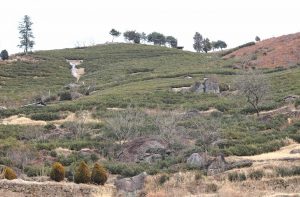
Hwagae Village has little flat land and 90% of the land is steep mountains. A river runs through Hwagae from north to south and floods often occurred during the typhoon season. The region was not suitable for stable agricultural production. Thus, the people not only grew rice but also cultivated tea plants along the bank of the river and between rocks on the slope of the mountain.
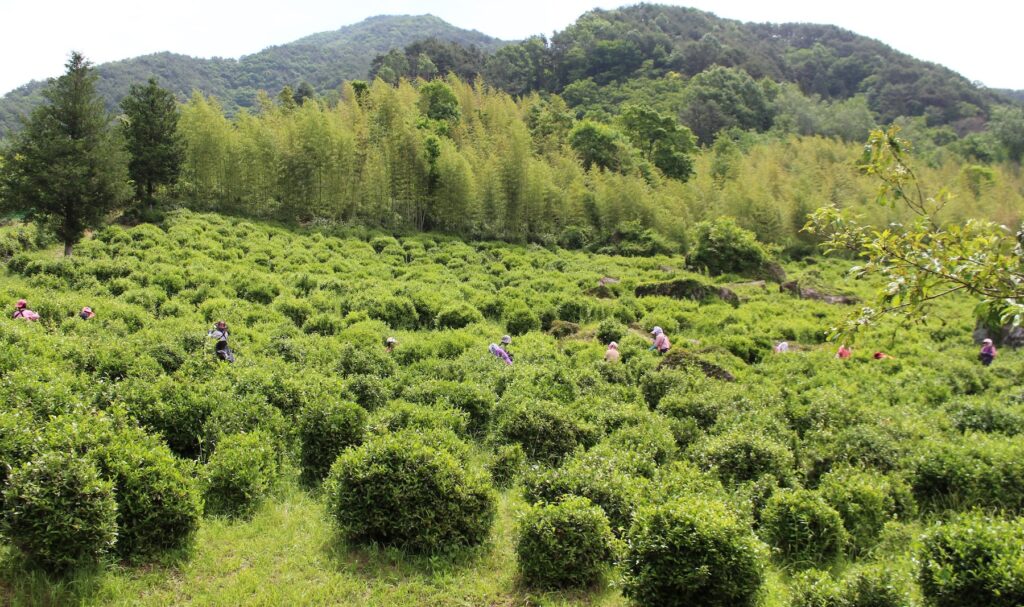
Agro-biodiversity
Hwagae Village, located at the foot of Jirisan Mountain, is a nature-rich area where the Seomjingang River and Hwagae Stream converge.The tea fields around the river and the foot of the mountain exist in harmony with the surrounding natural environment, maintaining excellent biodiversity in Hwagae.
For about 1,200 years, the tea plants have been pollinated by insects and the wind and have continued to grow. As a result, the tea plants have adapted to the local environment, increasing the genetic diversity of each tea field.
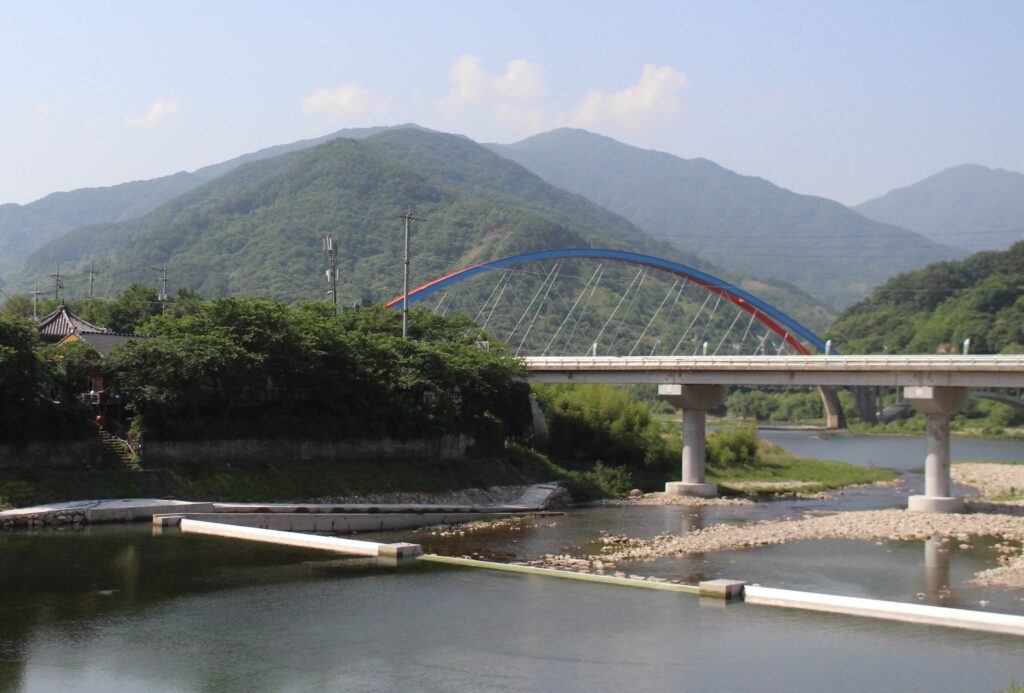
Local and traditional tea farming
Tea has been cultivated by the traditional method utilizing the surrounding environment in Hwagae. Human interference is kept to a minimum with only pruning (gaengsin 갱신) and weeding.
Pruning improves the yield and quality of tea leaves.
The grasses around the tea fields are cut by hand and are placed at the roots of tea plants and in the furrows of tea fields. It is called Pulbibae 풀비배, which means ‘grass compost’. Dried branches and leaves of forest trees are also put in the tea fields.

The tea branches with leaves which were pruned, the grasses, and the branches and leaves of forest trees become compost over time. These prevent the acidification of the soil, moisture evaporation, leakage of organic matter, and damage by frost. The suitable pH of soil for tea cultivation is between 4.5 and 5.5, and the pH of soil of the tea fields in Hwagae is about 4.8.
Due to labor shortages and to increase production, some tea farmers have started using chemical fertilizers. However, considering the impact on the genetics of indigenous species and on the natural land, many tea farmers still cultivate tea using traditional methods without using chemical fertilizers or pesticides.
-300x200.jpg)
Hadong tea was traditionally made by roasting only new sprouts picked by hand in an iron pan. The characteristic of Hadong tea is its delicate aroma and flavor. By relaxing with a cup of Hadong tea, you can appreciate the depth of its history and culture.
The tea used to be made by monks, but the making of tea has been taken over by the local people.

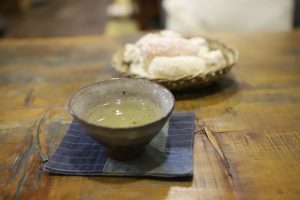
Hadong black tea has almost no bitterness and offers a refreshing flavor similar to oolong tea, making it very easy to drink. It is brewed in the same way as Hadon green tea, with an extraction time of about 10 seconds. While its aroma is not particularly strong, the tea has a light, transparent orange color that is visually appealing. It is best enjoyed straight, without added sugar or milk.
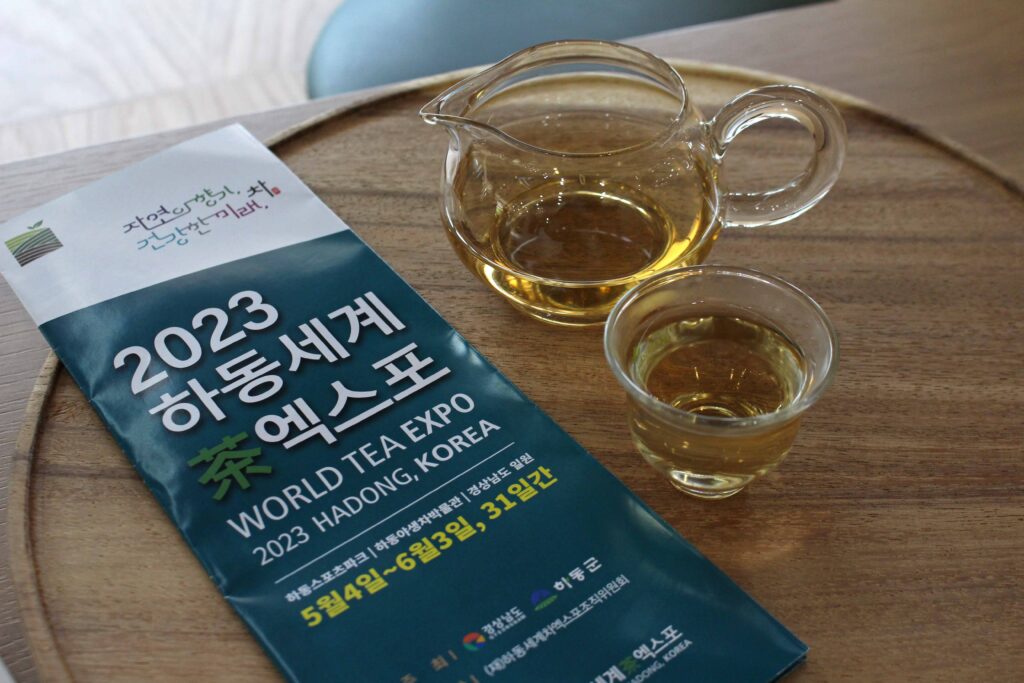
Hadong Tea Museum
The history of Hadong tea, a copy of the certificate of the Global Important Agricultural Heritage System (GIAHS), etc. are exhibited at the museum. There are a tea shop and facility where visitors can experience making Hadong tea at the museum. Not only Hadong tea, but also products made using Hadong tea are sold in the museum shop.
Applying in advance is necessary for the experience of tea making.

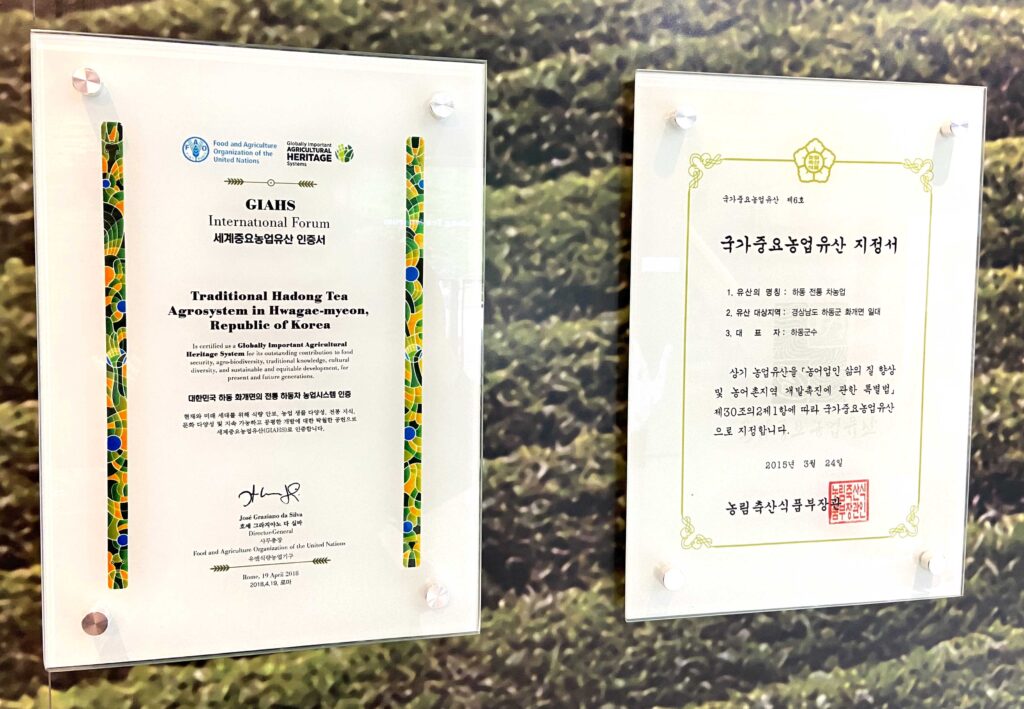
Products and meals using Hadong tea
*There is a restaurant 찻잎마술 (chas-ipmasul) serving food prepared with Hadong Tea near the Hadong bus station. The lunch course served there starts with a cup of Hadong tea, followed by honey from the nectar of tea flowers, and tea seed oil. Then many side dishes, and a main dish using Handog Tea oil are served.
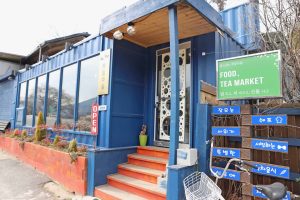
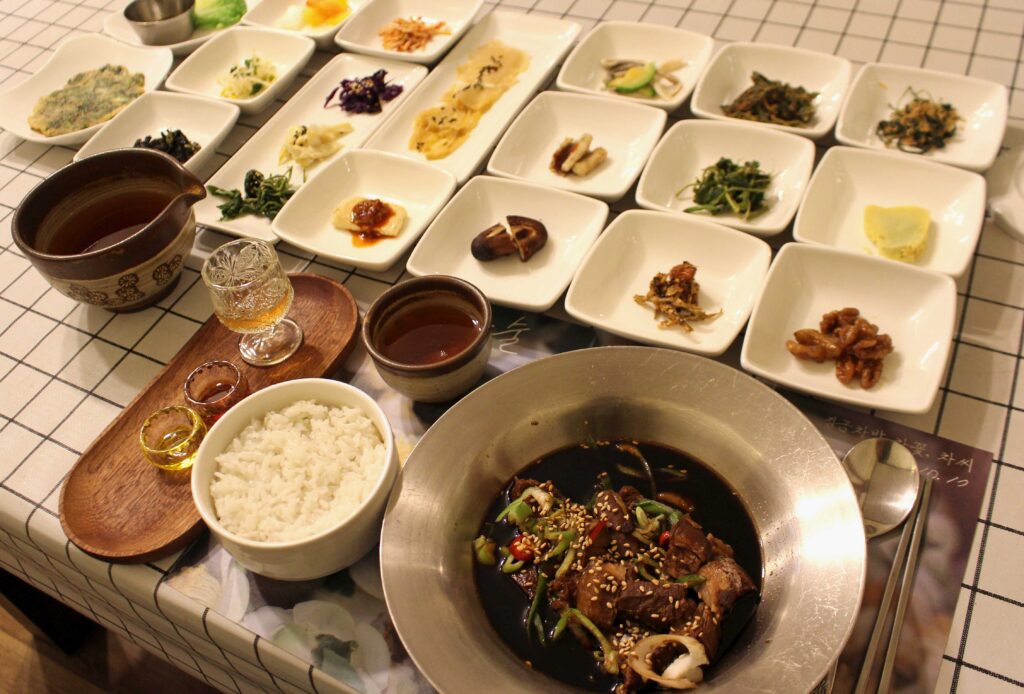
Varieties of Hadong tea and tea products such as powdered roasted tea seeds, tea seed oil, etc. are sold in the restaurant.
The products are only available at the shop, because they are made by hand in small quantities by the local people.

How to get to Hwagae-myeon
By bus (from Pusan, Seoul and other cities)
It takes about 3 hours from Busan Seobu Intercity Bus Terminal to Hwagae-myeon including the time of changing buses at Hadong.
Busan Seobu Intercity Bus Terminal 부산서부시외버스터미널 → Hadong bus terminal 하동버스터미널 → Ssanggyesa Temple 쌍계사
The nearest station to Hadong Tea Museum is Ssanggyesa Temple.
Related article on the site:
Tea related facilities:
河東茶博物館 (Hadong Tea Museum)
https://www.hadong.go.kr/02331/02359/02363.web
https://www.hadong.go.kr/01158/03175/03269.web
双渓寺
찻잎마술 (chas-ipmasul)
경상남도 하동군 화개면 용강리 418-1
418-1 Yonggang-ri, Hwagae-myeon, Hadong-gun, Gyeongsangnam-do
http://www.teafood.co.kr/
Reference:
The Food and Agriculture Organization (FAO), GIAHS Globally Important Agricultural Heritage System
http://www.fao.org/giahs/en/
FAO, GIAHS Globally Important Agricultural Heritage System, Traditional Hadong Tea Agrosystem, Hwagae-myeon
https://www.fao.org/giahs/giahs-around-the-world/korea-traditional-hadong-tea-system/en
農林水産省HP、世界農業遺産 Globally Important Agricultural Heritage Systems (GHIAS)
www.maff.go.jp/j/nousin/kantai/giahs_1_1.html
*The information provided on this site may be updated. If you find any information in this article that is incorrect, new, or incomplete, please contact CHAMART.
#GIAHS #HadongTea